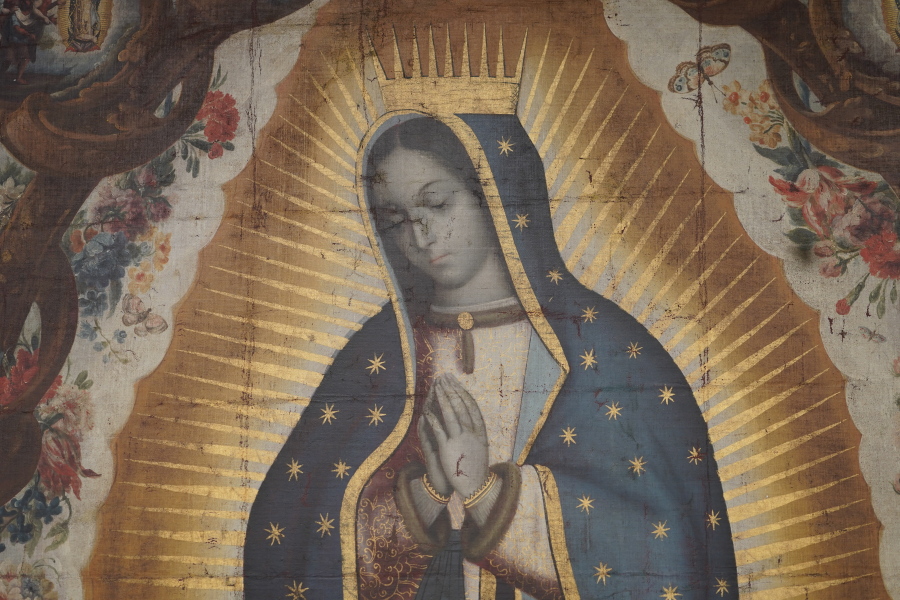LOS ANGELES — U.S. officials have repatriated 16 cultural items to the Peruvian government, including paintings, historical documents and stone axes.
The FBI returned the items to representatives of Peru at a ceremony Friday in Los Angeles.
“These objects and the heritage they carry with them took an opaque journey into the United States and now have a clear path of return to Peru through proper diplomatic channels,” Kristi K. Johnson, assistant director of the FBI’s Los Angeles field office, said in a statement.
The objects include historical documents, a 17th-century painting stolen from a Peruvian church in 1992, and a painting stolen from a different church in 2002 that was hand-carried into the United States by an art dealer, sold to an art gallerist in Santa Fe, N.M., and later sold in 2016 to a buyer in California, the statement said.
These artifacts were voluntarily surrendered to the FBI, the statement said.
“In these instances, the people who bought these objects did the right thing. Once they realized they were stolen, they agreed to forfeit them,” said Liz Rivas, a special agent with the FBI’s art crimes team.
For example, the person who had the historical documents said they were purchased as souvenirs in Peru and the person was reselling them online to make money during the coronavirus pandemic, Rivas said. She said the person didn’t know they were stolen, and in this case, the documents didn’t meet the minimum value for a criminal case.
The last four objects were stone axes seized in 2014 from the collection of amateur archaeologist Donald Miller. Thousands of artifacts were taken from Miller’s Indianapolis home and returned to dozens of countries, including China and Papua New Guinea.
Authorities encourage art and artifact buyers to review the FBI’s stolen art file before making a purchase to find out if the items were reported as stolen.



